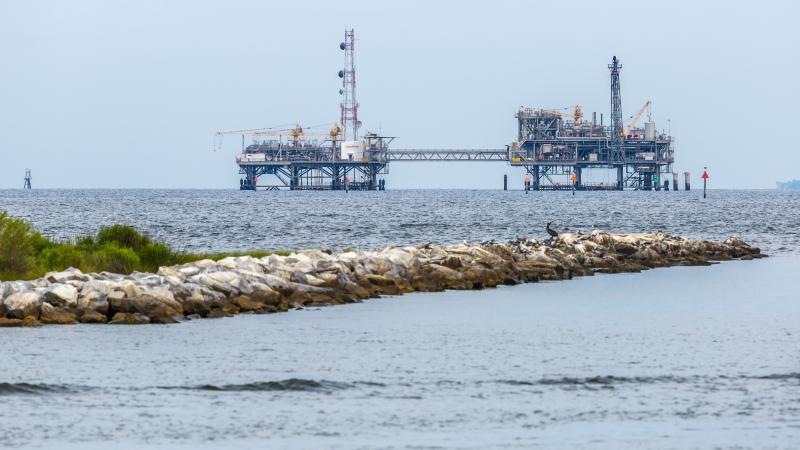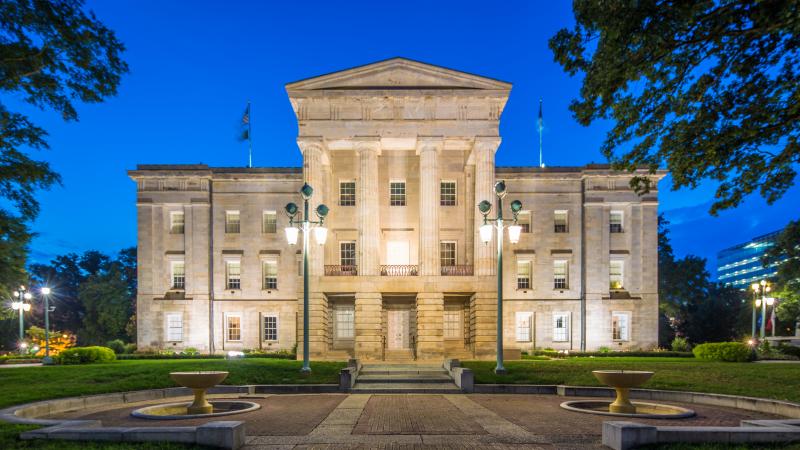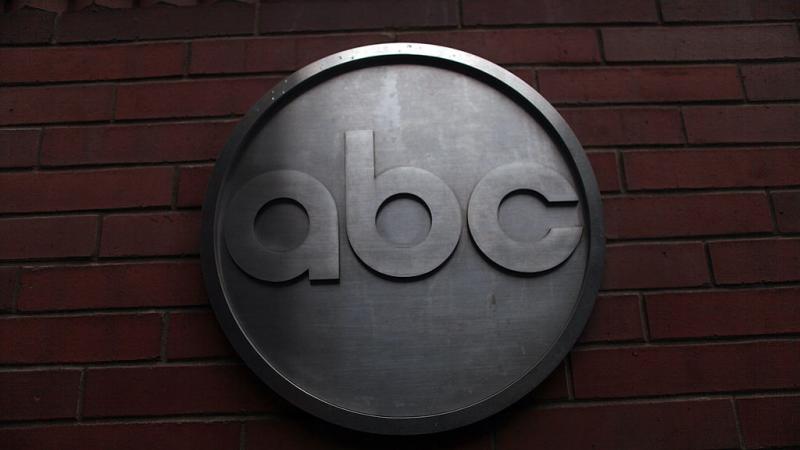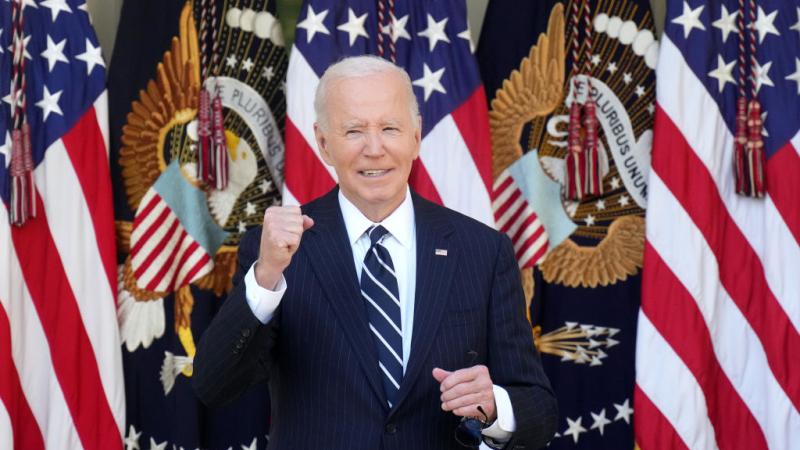Data center growth tempered by water, power considerations
Nevada has had a 20-year Colorado River drought and a 150 foot drop in Lake Mead water levels
(The Center Square) -
Data centers offer an alternative to Nevada tourism-dependent economy, but critics say they strain the power grid and tax the water supply.
Nevada has had a 20-year Colorado River drought and a 150 foot drop in Lake Mead water levels over that same period.
A recent report by nonprofit Western Resource Advocates said that NV Energy demands between 2023 and 2035 are expected to grow as much as 54%.
“This demand is being driven primarily be unprecedented projected load growth in NV Energy’s northern service territory,” read the report. The report authors added that in the northern service territory, “almost all of the new requests – approximately 5,900 MW – are due to 12 high-load factor data centers.”
Data centers are undergoing a boom period across the U.S., largely thanks to the growth of the energy-intensive artificial intelligence models that have become widely used in recent years.
The data centers host the computer systems that run these massive models, and in order to do so require city-sized levels of power. The Department of Energy reported that data centers in 2023 used roughly 4.4% of total U.S. electricity – but are expected to account for 6.7% to 12% by as soon as 2028.
In Nevada, between the Las Vegas area and the Tahoe Reno Industrial Center (TRIC) outside Reno, there are currently 59 data centers, as per Data Center Map.
At TRIC, a new $3 billion facility by Vantage Data Centers is expected to open early 2026.
“Nevada provided us a strategic opportunity to accelerate time-to-market for our customers while supporting the local economy through the creation of long-term jobs and tax revenue,” Vantage Data Center’s regional president, Dana Adams, wrote in a statement,
The new facility is expected to employ over 1,200 people but place a further strain on the area’s energy and water needs.
Water usage by these data centers, which is commonly used to cool down the potential overheating of the computers, has led to further regulation in Southern Nevada. In 2024, a ban was placed on systems that allowed the water to evaporate after helping to cool down the systems with most of the used water now required to be sent back to Lake Mead.
“If somebody came in with an evaporative cooling system in their development today, they would not get development approval,” Southern Nevada Water Authority spokesman Bronson Mack told the Las Vegas Review Journal.
But previously approved data centers do not have to follow this rule – with a Google data center in Henderson using 352 million gallons of water in 2024, reported the LVRJ.













